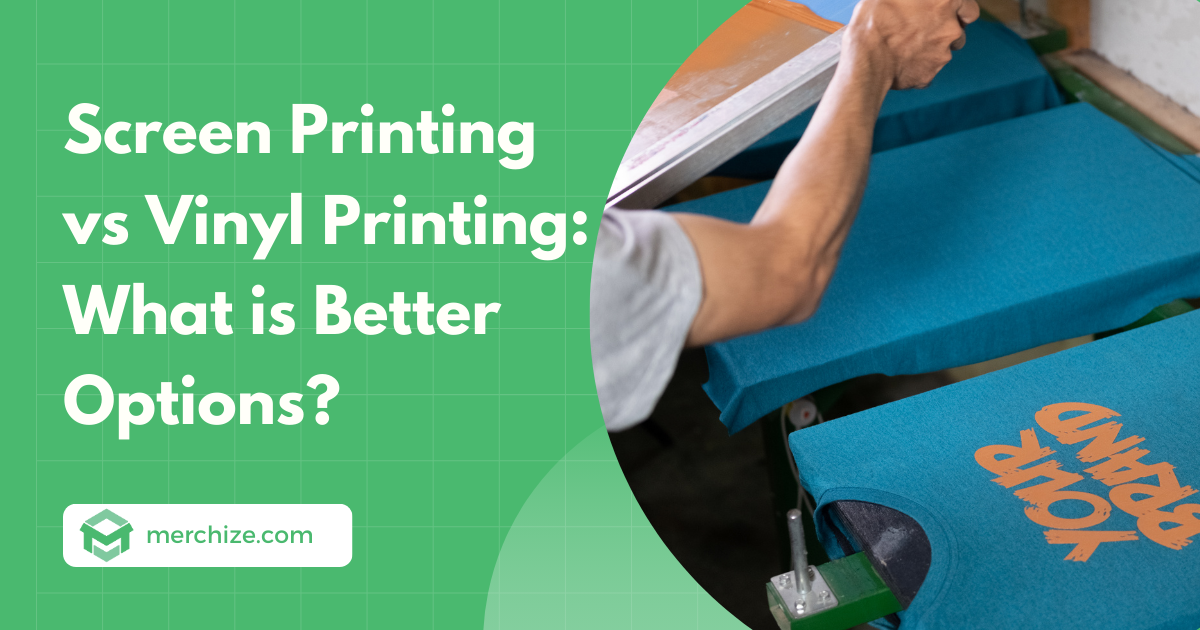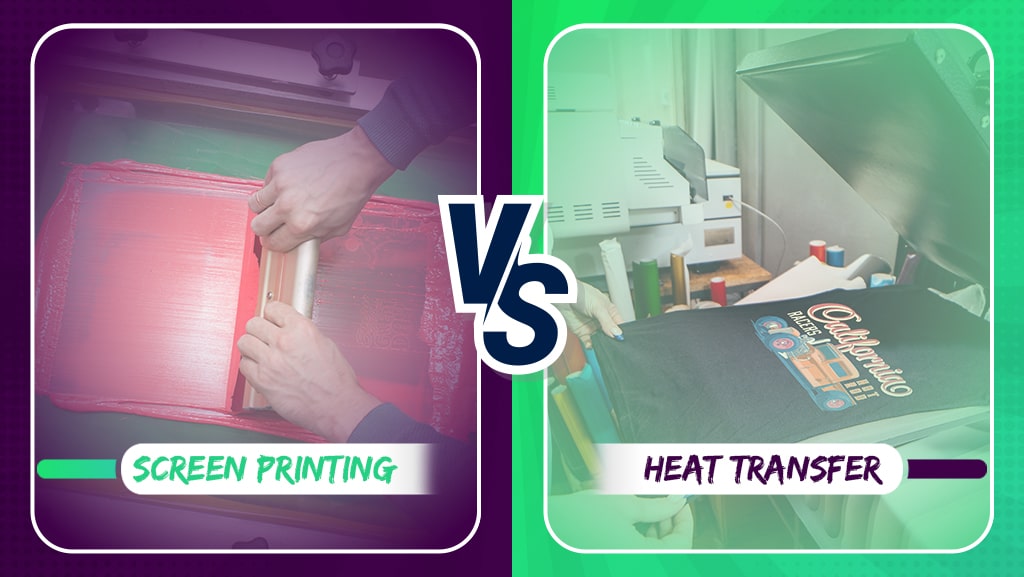Some Known Questions About Tx Tees.
Some Known Questions About Tx Tees.
Blog Article
What Does Tx Tees Mean?
Table of ContentsThe smart Trick of Tx Tees That Nobody is Talking AboutThe Ultimate Guide To Tx TeesNot known Details About Tx Tees The smart Trick of Tx Tees That Nobody is Talking AboutTx Tees for DummiesAn Unbiased View of Tx TeesTx Tees for Dummies
Add up various other expenses, like the number of energies it takes to run the store and the cost of ink and solution per style. Take the print listed below.The solution ought to just be a few cents considering that you 'd just require to coat one screen for this work. How much should you charge per t-shirt to make a revenue? Usually, printers attempt to make up to 45% profit on a print task. Right here's a table to assist you determine that: total cost per item percent of preferred revenue as a decimal (instance:.25 or.45) revenue made per product per work Currently allowed's discuss the profitability of DTF.

With DTF, you can publish a handful of shirts, or simply one. Both screen printing and DTF have their particular niches in the world.
Unknown Facts About Tx Tees
The most effective method to recognize? Ask around and see what printing shop like yours are doing. custom monograming. Try both out and see which you like much better
When you're choosing what sort of printing approach to use for printing your artwork styles on your garments, it is necessary that you know the differences between these two methods so you can maximize results while lessening expenses. Display printing is one of the most commonly used technique for publishing layouts on fabrics.
DTG printing is additionally referred to as place or direct to garment printing because it prints only what is required rather than making a screen as display printers do. https://txtees.godaddysites.com/. Screen printing works by display filler squeegee screen printing ink display mesh screen, after that moving the photo to garment utilizing heat and/or pressure
The DTG printer uses unique dye-sublimation inks that are used into a pre-designed photo by a digital printing system. The inks come to be part of the textile, allowing for vibrant shades and extraordinary detail. It's additionally called spot or straight to garment printing because it publishes only what is needed rather than making a display as screen printers do.
The 20-Second Trick For Tx Tees
First, it's much faster - you can print a fullcolor photo in mins, as opposed to hours for screen printing. Second, there's no established time or expenses entailed - you can publish any kind of layout you like, without needing to develop a display first. Third, there's no waste - since screen printers screen print one design at a time, they have to screen each shade independently.
The paper is really pricey and can just be made use of when. Once it's published on, it has actually to be disposed of. - The preliminary purchase cost is less than the ahead of time investment of DTG printers- You can publish multi-color styles one display at once rather of having to publish each color independently like DTG printing.

Tx Tees Fundamentals Explained
Nevertheless, as opposed to utilizing display mesh as display printers do, color sublimation printers use laser technology to transfer your photos onto garments or paper. A heat process transfers the color from its solid-state straight into the gas phase which subsequently integrates it onto fabric substratums when they are swiftly warmed to heats under high pressure.
Sublimation printing is environmentally friendly. It makes use of less water than screenprinting, and since it doesn't entail making use of dangerous solvents, it's safe for all sorts of apparel. The dye sublimation inks are likewise odorless when cured, unlike screen printers that utilize damaging chemicals throughout the display printing process that leave an undesirable odor.
They likewise save money on expensive devices like direct exposure units because dye sublimation printers don't require a UV exposure system or a flash treatment stove that is commonly made use of in display printing (custom screen printing). What is straight to garment printing (DTG Printing)? DTG printing is an electronic screenprinting procedure that prints directly onto fabric using specialized inkjet printers
The Facts About Tx Tees Uncovered
DTG printing offers several benefits over conventional screenprinting, including the ability to print photographic top quality photos, higher shade vibrancy, and the capability to publish styles on darker fabrics. DTG printers function by warming the fabric ink up until it becomes a gas. The gas after that permeates the textile, bonding with the fibers to create an irreversible print.

Screen printers simply prepare their screen then start publishing up until they run out of product or ink.- There is a large variety of seasoned display printers around the globe, which can be useful for novices. - It's a slower process - display printers usually need to await the ink to dry prior to they can publish the next color- Display printers call for manual work, so there's a greater discovering curve and it takes longer to create a top quality style- Screen printing isn't as precise as DTG printing, so you might get some "blood loss" of colors from one component of the picture onto an additional otherwise done properly.
Tx Tees - An Overview
However, rather than making use of display mesh as screen printers do, dye sublimation printers make use of laser innovation to move your images onto garments or paper. A heat procedure moves the dye from its solid-state straight into the gas stage which in turn integrates it onto fabric substrates when they are rapidly heated to heats under high stress.
Sublimation printing is eco-friendly. It utilizes much less water than screenprinting, and due to the fact that it doesn't include the usage of unsafe solvents, it's safe for all kinds of clothing. The color sublimation inks are additionally unsmelling when treated, unlike display printers that utilize dangerous chemicals throughout the display printing process that leave behind an unpleasant odor.
They likewise conserve cash on expensive equipment like exposure units considering that color sublimation printers do not call for a UV direct exposure device or a flash remedy stove that is usually used in screen printing. What is straight to garment printing (DTG Printing)? DTG printing is an electronic screenprinting process that publishes straight onto material utilizing specialized inkjet printers.
Rumored Buzz on Tx Tees
DTG printing supplies several benefits over typical screenprinting, consisting of the ability to my company publish photographic top quality pictures, higher color vibrancy, and the capability to publish styles on darker materials. DTG printers work by heating up the textile ink until it becomes a gas. The gas after that penetrates the fabric, bonding with the fibers to create a long-term print.
Report this page